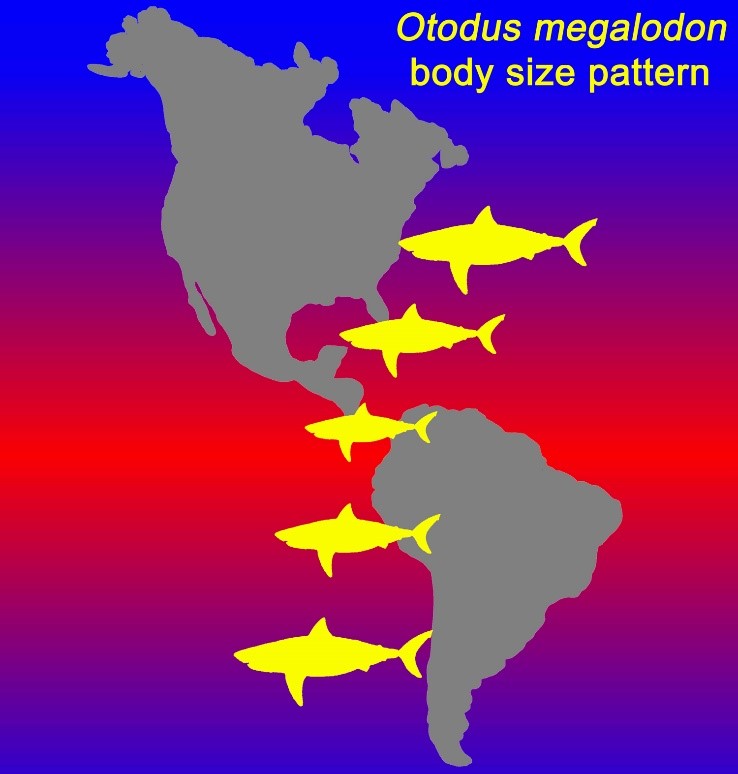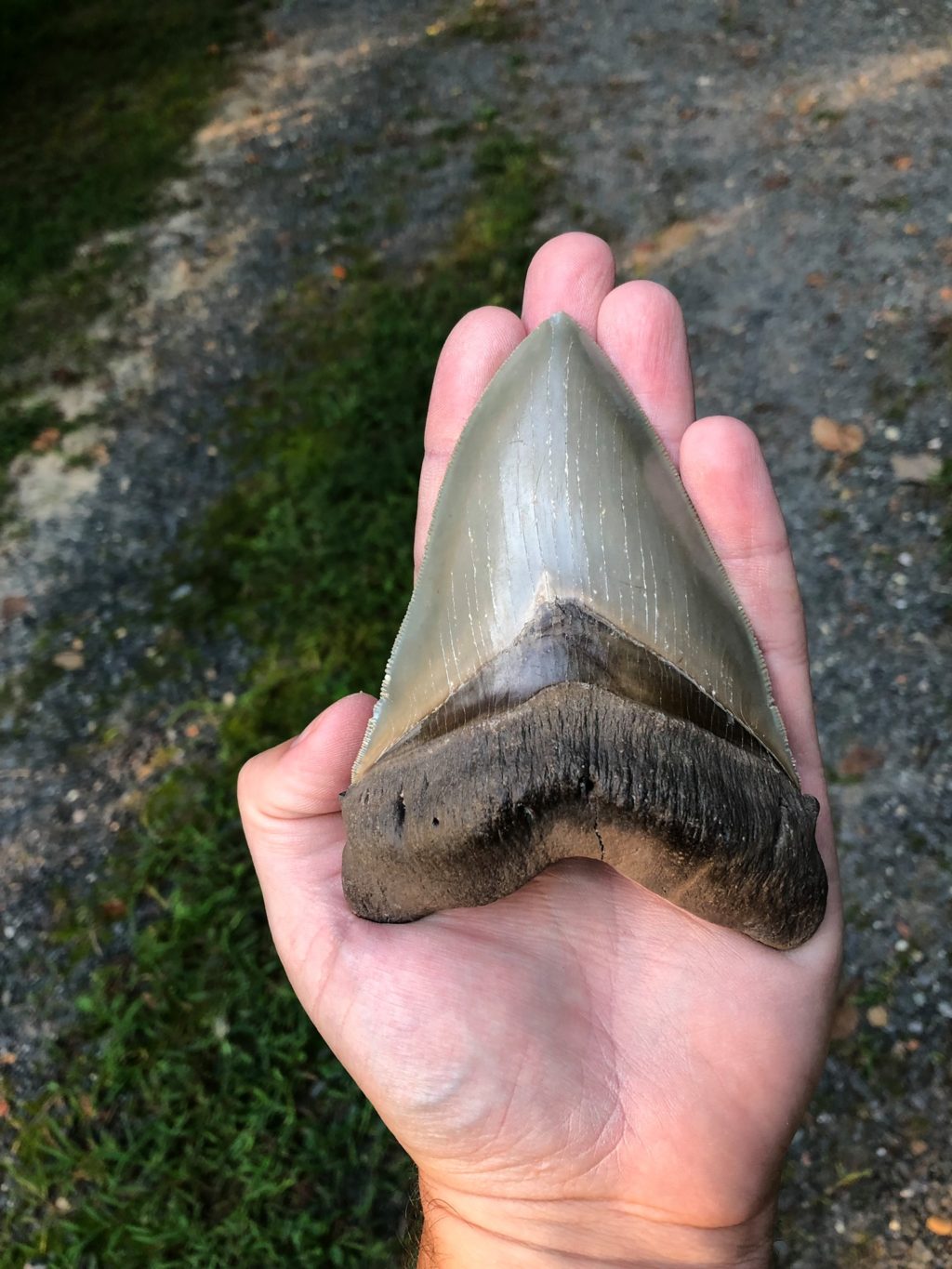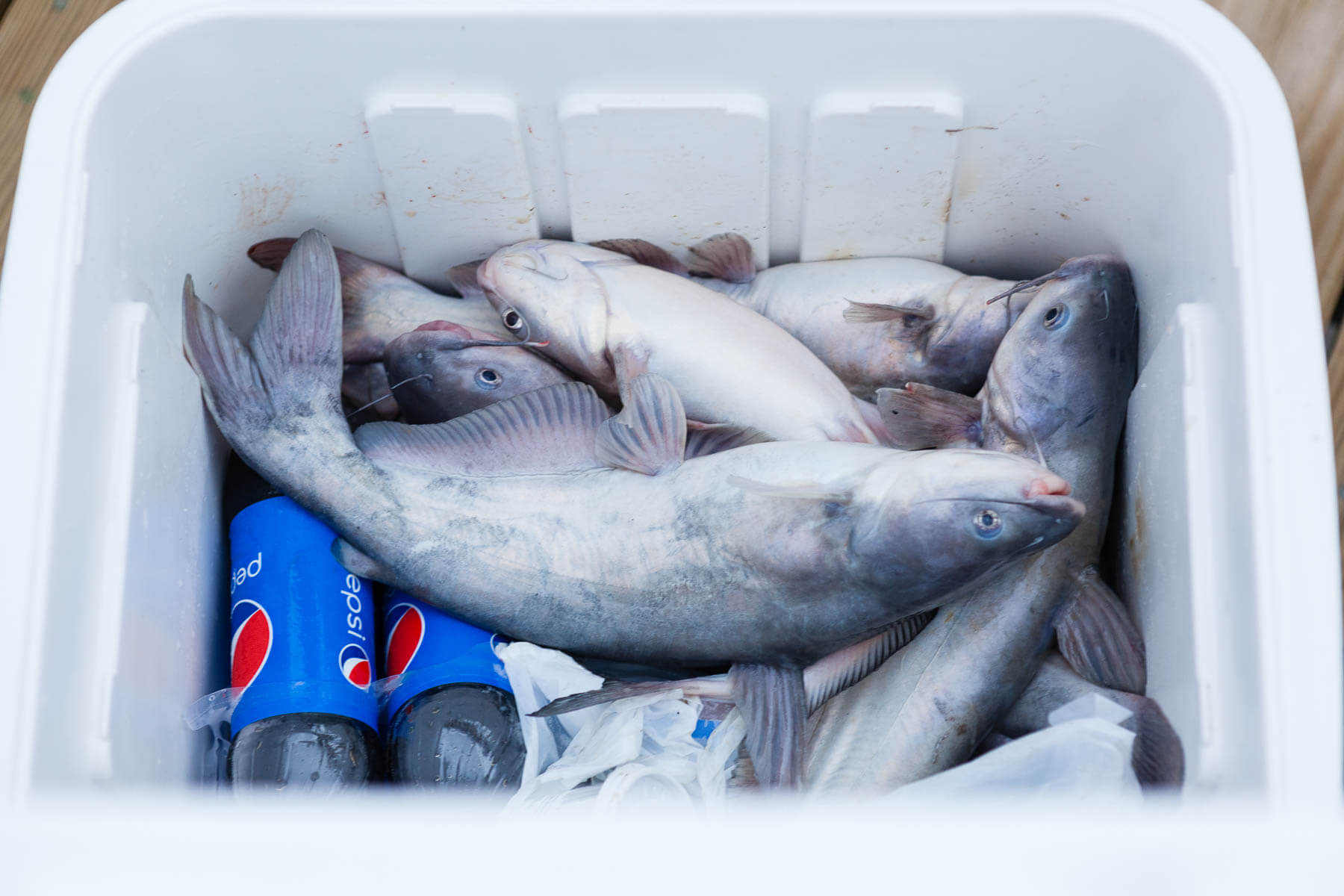Calvert Marine Museum (CMM), at the forefront of prehistoric shark research, has helped uncover new research showing that the size of massive megalodon sharks was determined by water temperatures.
CMM Paleontologist Victor Perez contributed to a study with DePaul University finding that temperature played a significant role in the evolution of the largest predatory shark that ever lived.
The study by DePaul paleobiology professor Kenshu Shimada, Perez and other coauthors finds that the largest megalodon teeth are found in cooler waters at higher latitudes. The extinct Otodus megalodon lived roughly 15 to 3.6 million years ago. It’s size range was believed to be 50-65 feet long, based on teeth and vertebrae in the fossil record. The study tracks published records of megalodon teeth and where they were found, along with their estimated total body lengths.
“Our findings suggest a previously unrecognized body size pattern for the fossil shark, notably following a geography-driven ecological pattern known as Bergmann’s rule,” said Shimada.
“Bergmann’s rule” is a broad, general rule explaining that larger animals thrive in cooler climates because they can retain heat more efficiently than animals with smaller bodies.

“Scientists constantly search for rules of life that help us predict natural patterns, and it seems that Bergmann’s rule applied to Otodus megalodon,” notes Perez.
A map graphic included in the study illustrates how megalodons in the mid-Atlantic would have been significantly larger than those in Central America. The smaller megalodon teeth found near the equator were previously thought to be from baby sharks in megalodon nursery areas. Now scientists say those smaller teeth may simply be from smaller adults that lived in warm waters.
While the study’s authors used highly specific scientific data to reach their conclusions, the idea stemmed from a casual conversation during a fishing trip in the Florida Keys, says coauthor Martin Becker, from William Paterson University in New Jersey.
“Where do large fish live?”
The temperature-fueled trend they found could inform trends for how modern climate change impacts shark habitats today.
The study is published in the international journal Historical Biology.
-Meg Walburn Viviano




